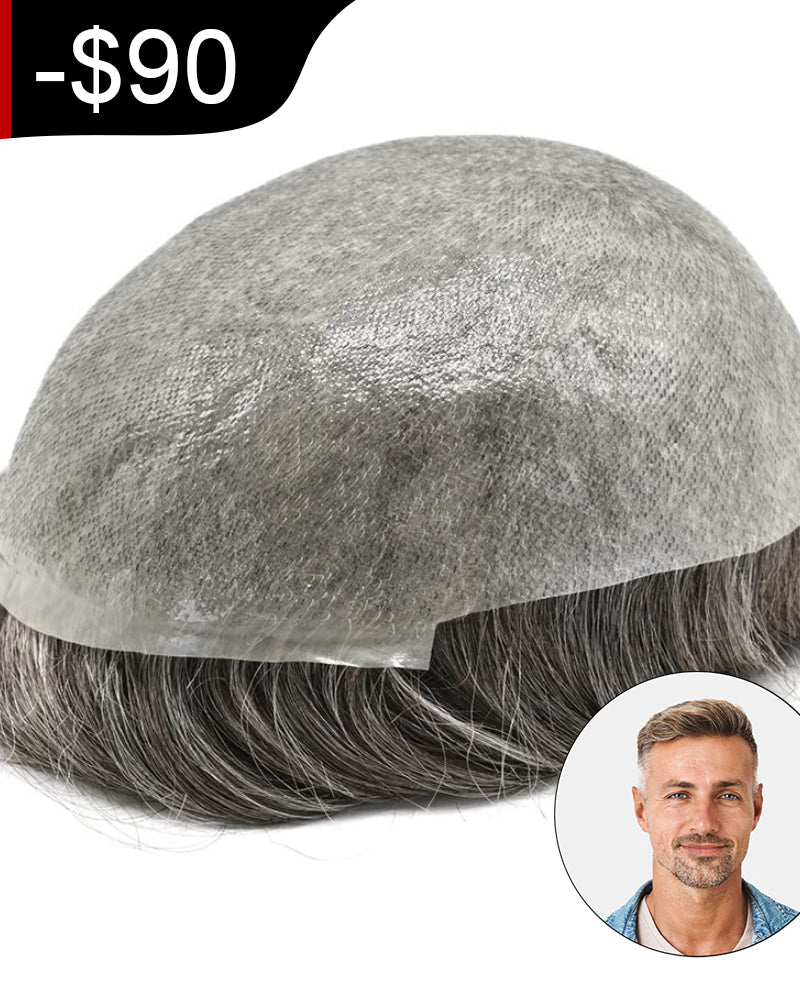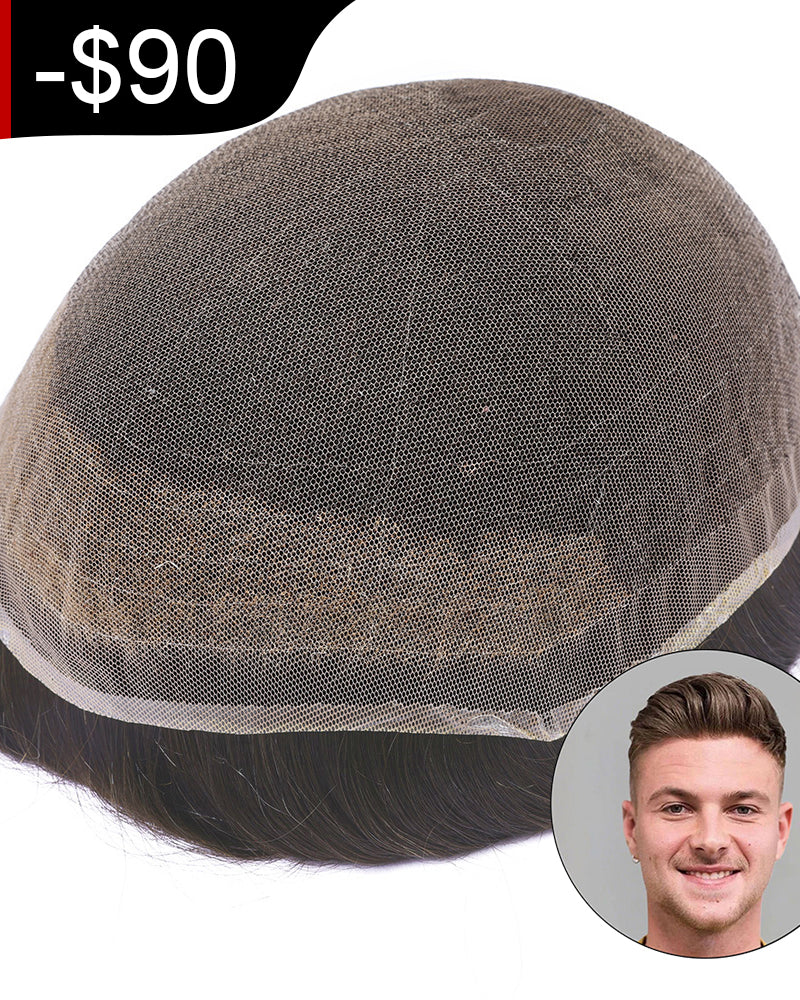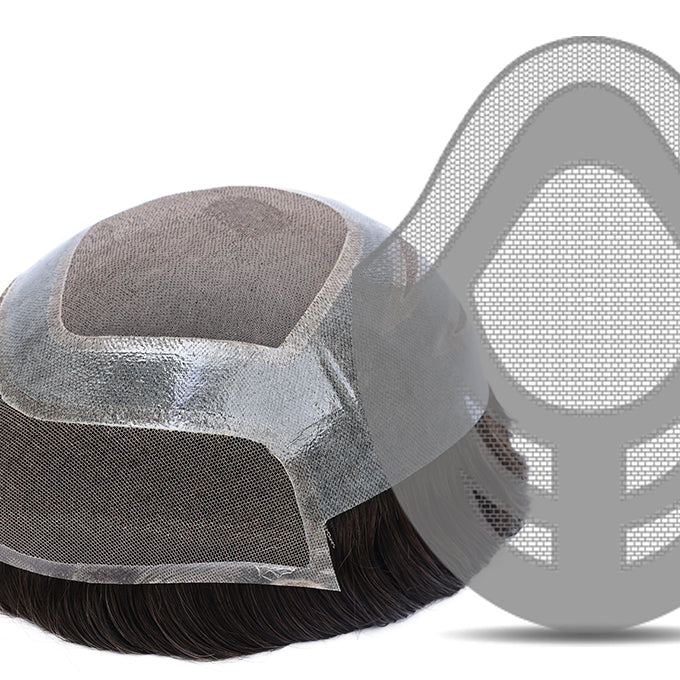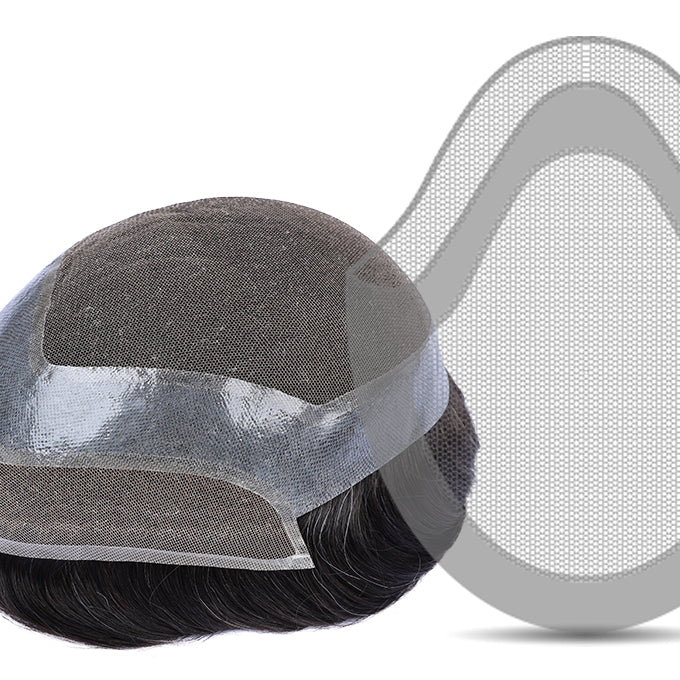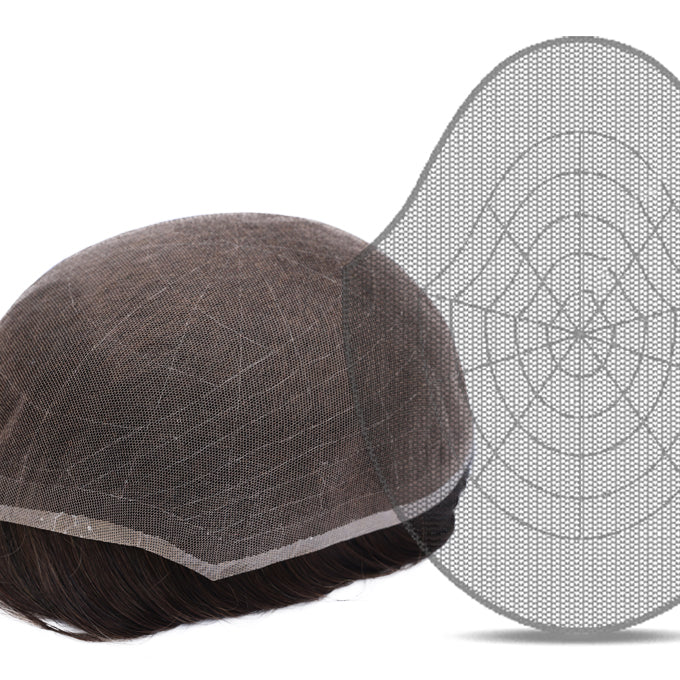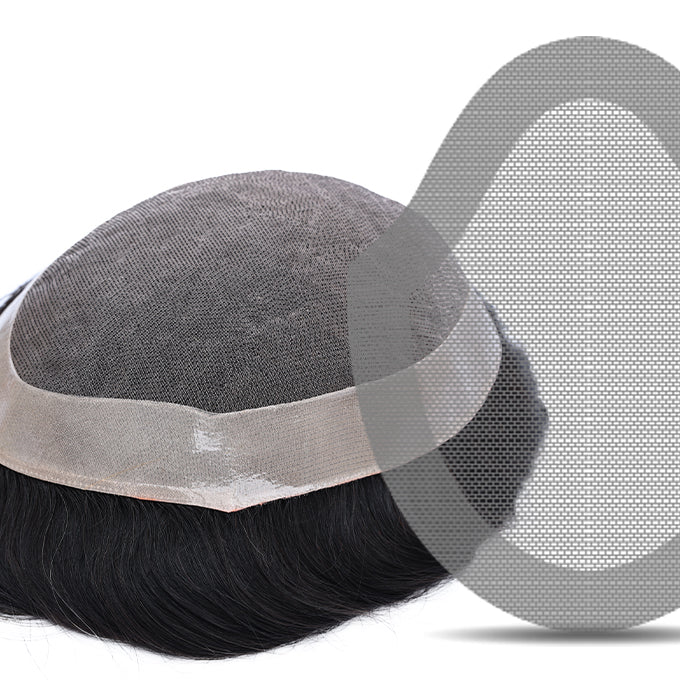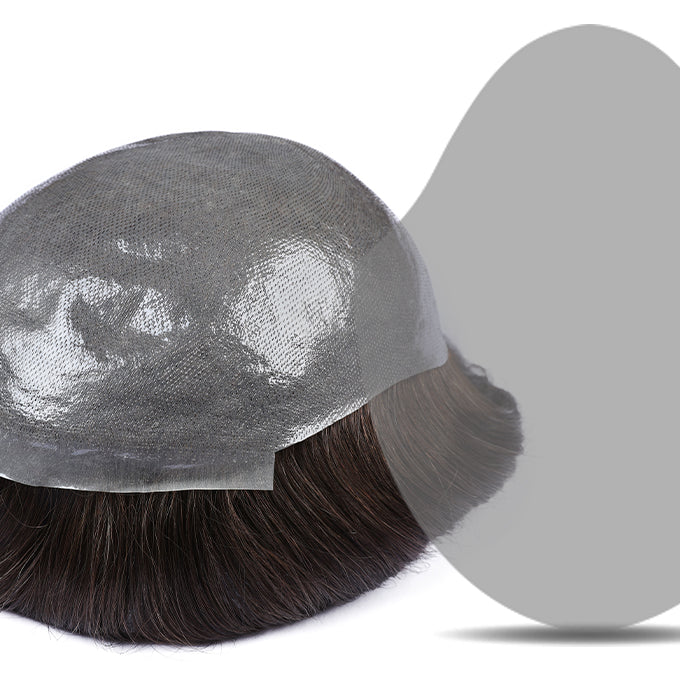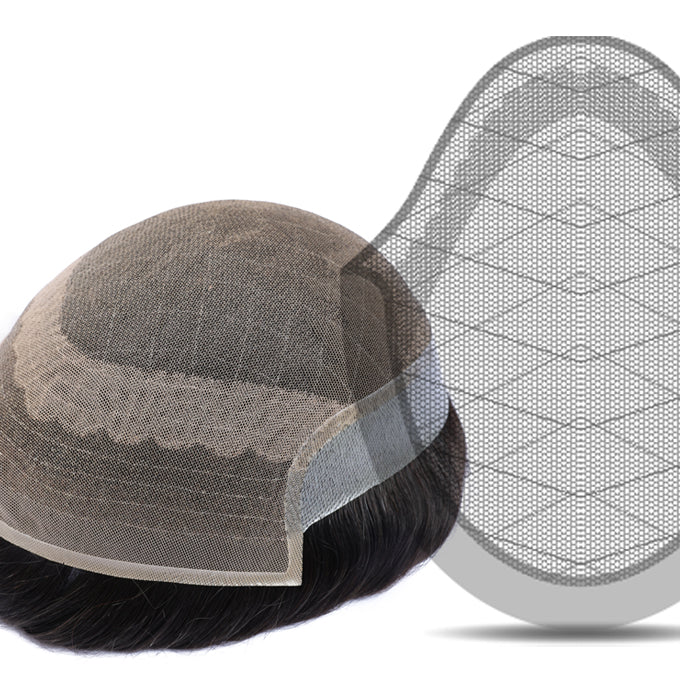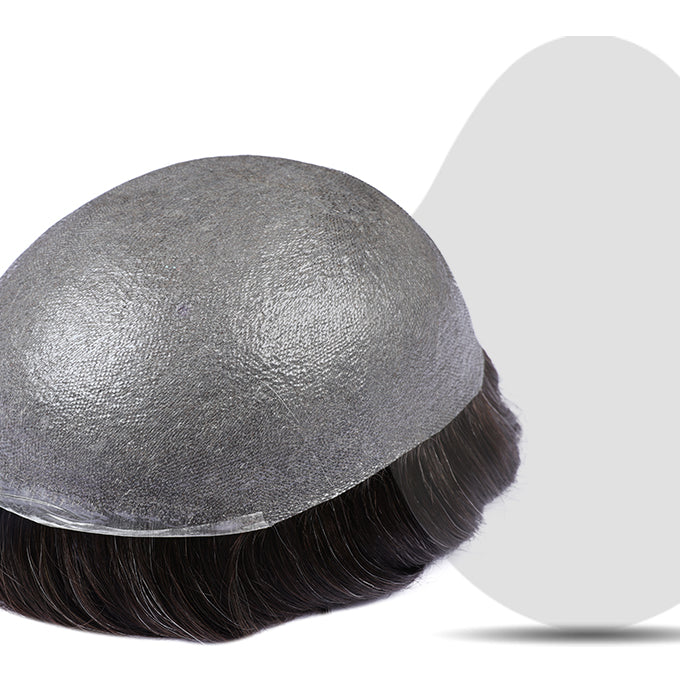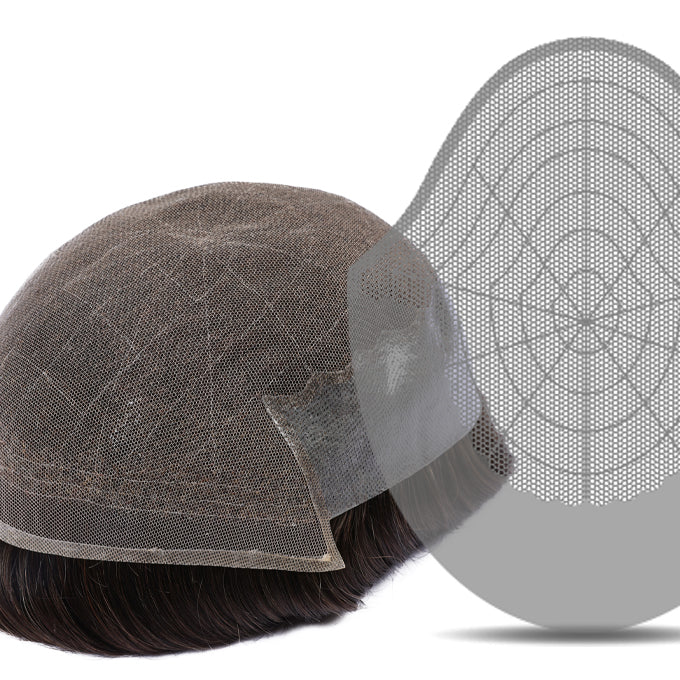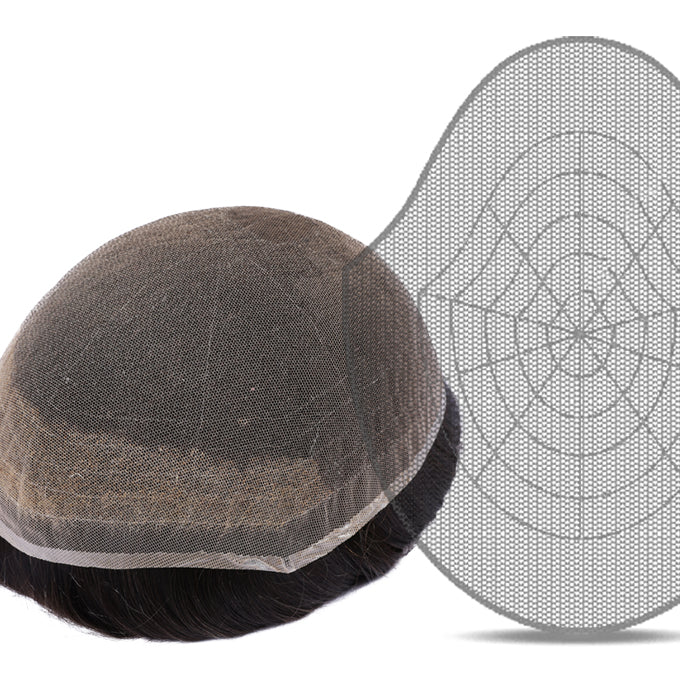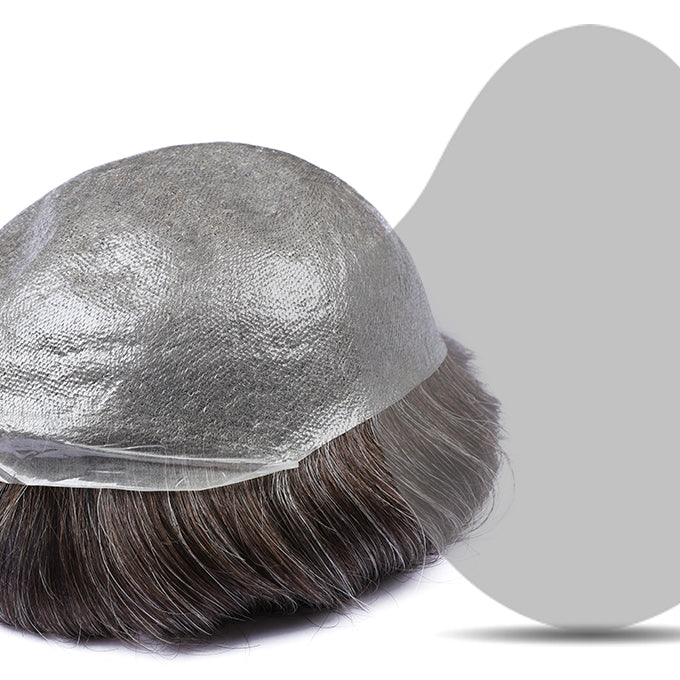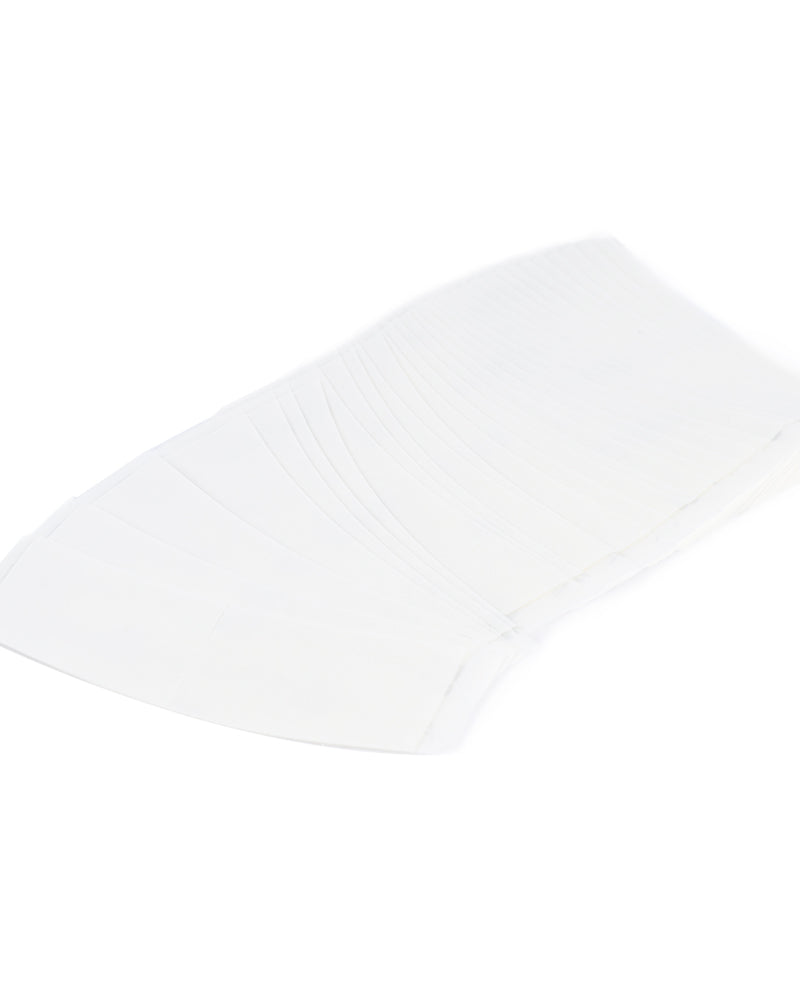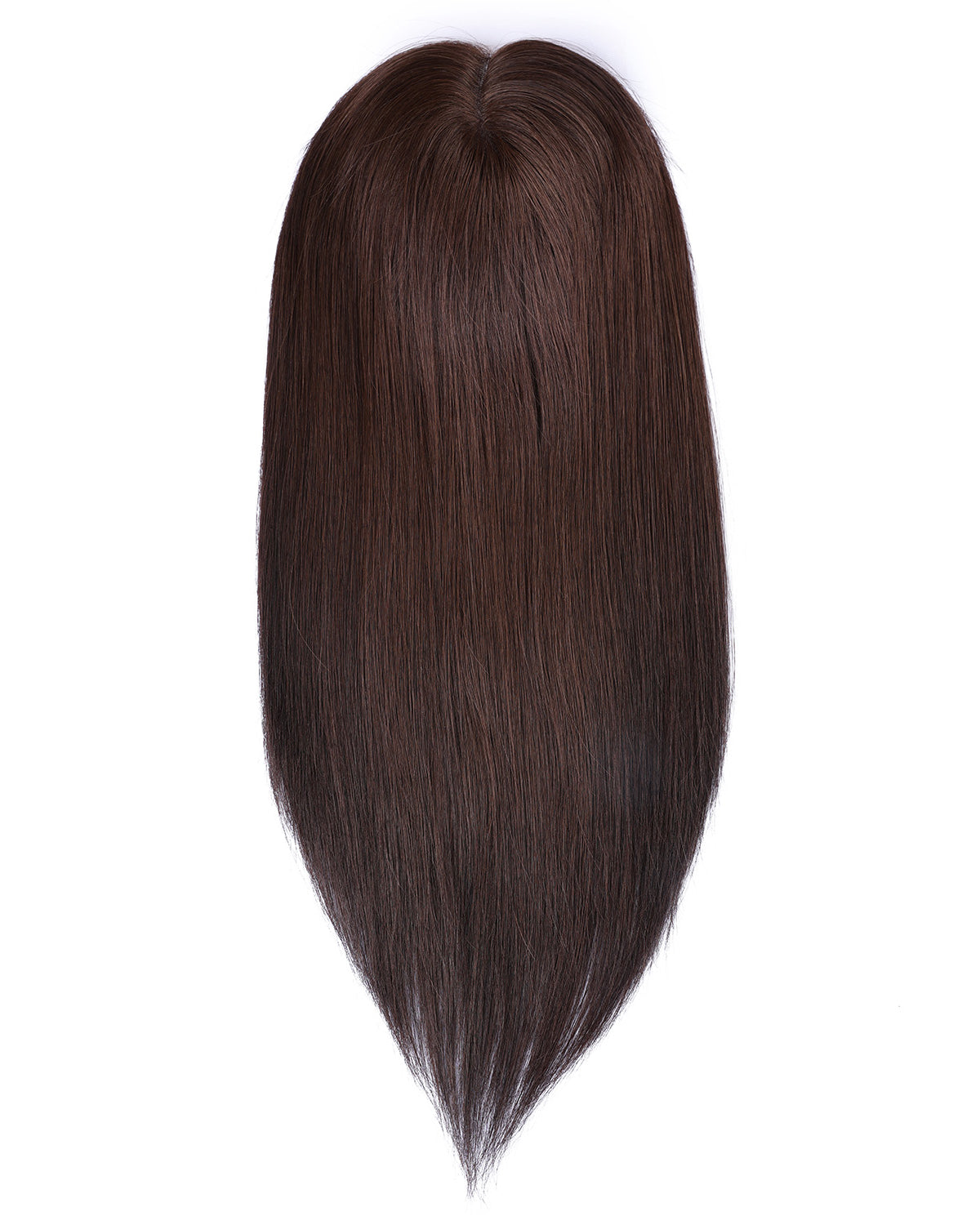When it comes to men's human hair systems, a common question lingers among users: Can you dye them? Whether you're looking to refresh the color, match your natural hair as it changes, or simply experiment with a new look, understanding the ins and outs of dyeing is crucial. Let's break down everything you need to know.
The Viability of Dyeing Men's Human Hair Systems
The good news is that, in many cases, men's human hair systems can be dyed. Unlike synthetic hair systems, which are highly resistant to color changes due to their chemical composition, human hair systems offer the flexibility of traditional hair coloring because they are made from real human hair. However, several factors determine whether a hair system can be dyed successfully and how the process should be carried out.
Hair Quality and History
The first thing to consider is the quality and previous treatment of the hair in the system. Virgin human hair, which has never been chemically processed (dyed, bleached, or permed), is the ideal candidate for dyeing. It can withstand a wide range of coloring techniques, from lightening to darkening, and is more likely to maintain its integrity during the process.
On the other hand, if the hair has already undergone chemical treatments, it becomes more fragile. For example, if the hair system has previously been dyed a dark color and you want to lighten it to a blonde shade, it will require bleaching. This is a particularly harsh process that can cause severe damage to already - processed hair, leading to dryness, breakage, and even hair loss from the base of the system.
The Base of the Hair System
The base material of the hair system also plays a role. Some bases are more sensitive to chemicals than others. For instance, lace bases are delicate and can be easily damaged by the harsh chemicals in hair dyes if not properly protected. Skin - like bases, while more durable, can still be affected if dye comes into prolonged contact with them. It's important to ensure that the base is either covered during the dyeing process or that the dyes used are gentle enough not to harm it.
The Dyeing Process for Men's Human Hair Systems
Choosing the Right Dye
Selecting the appropriate hair dye is key. Permanent dyes provide the most long - lasting color change but are also the most aggressive, containing ammonia and high - volume developers that can damage the hair. Semi - permanent dyes, which don't contain ammonia, are a milder option. They gradually fade over several washes, making them great for those who want to experiment with color without a long - term commitment. Demi - permanent dyes fall in between, offering a longer - lasting color than semi - permanent dyes while being less damaging than permanent ones.
Conducting a Strand Test
Before applying the dye to the entire hair system, always perform a strand test. Take a small, inconspicuous section of hair from the system, preferably from the back or an area that isn't easily visible. Apply the dye following the manufacturer's instructions and observe how the hair reacts. Check for color results, any signs of damage like dryness or brittleness, and whether the color takes evenly. This step can save you from potential disasters, as it gives you an idea of how the full head of hair will respond to the dye.
Application and Technique
The application process should be carried out with care. If you're going for a simple all - over color change, you can use a brush or applicator bottle to evenly distribute the dye through the hair. However, if you're aiming for more complex styles such as highlights, lowlights, or a gradient effect, it's advisable to seek the help of a professional hairstylist experienced in working with hair systems. They have the skills and tools to create a natural - looking result and can handle any intricacies, such as protecting the base of the system during the process.
Aftercare for Dyed Men's Human Hair Systems
Proper aftercare is essential to keep your dyed hair system looking its best. Use sulfate - free shampoos and conditioners specifically formulated for colored hair. Sulfates can strip the color and dry out the hair, causing it to fade more quickly. Avoid excessive heat styling, as high temperatures can also damage the hair and make the color fade faster. When not in use, store the hair system on a mannequin head or a suitable storage stand in a cool, dry place to prevent tangling and maintain its shape.
Potential Risks and How to Mitigate Them
Dyeing a men's human hair system does come with risks. Over - processing the hair can lead to significant damage, including split ends, breakage, and a loss of the hair's natural luster. Chemicals in the dye can also react with the base material of the hair system, potentially weakening it or causing discoloration.
To minimize these risks, follow the dye instructions precisely, don't leave the dye on for longer than recommended, and rinse the hair system thoroughly. If you notice any signs of damage, such as excessive shedding or a change in the hair's texture, stop using the hair system immediately and consult a professional.
Conclusion
In conclusion, dyeing a men's human hair system is possible, but it requires careful assessment of the hair's condition, the right choice of dye, proper application, and diligent aftercare. With the right approach, you can achieve a fresh, personalized look that enhances your style and confidence.

